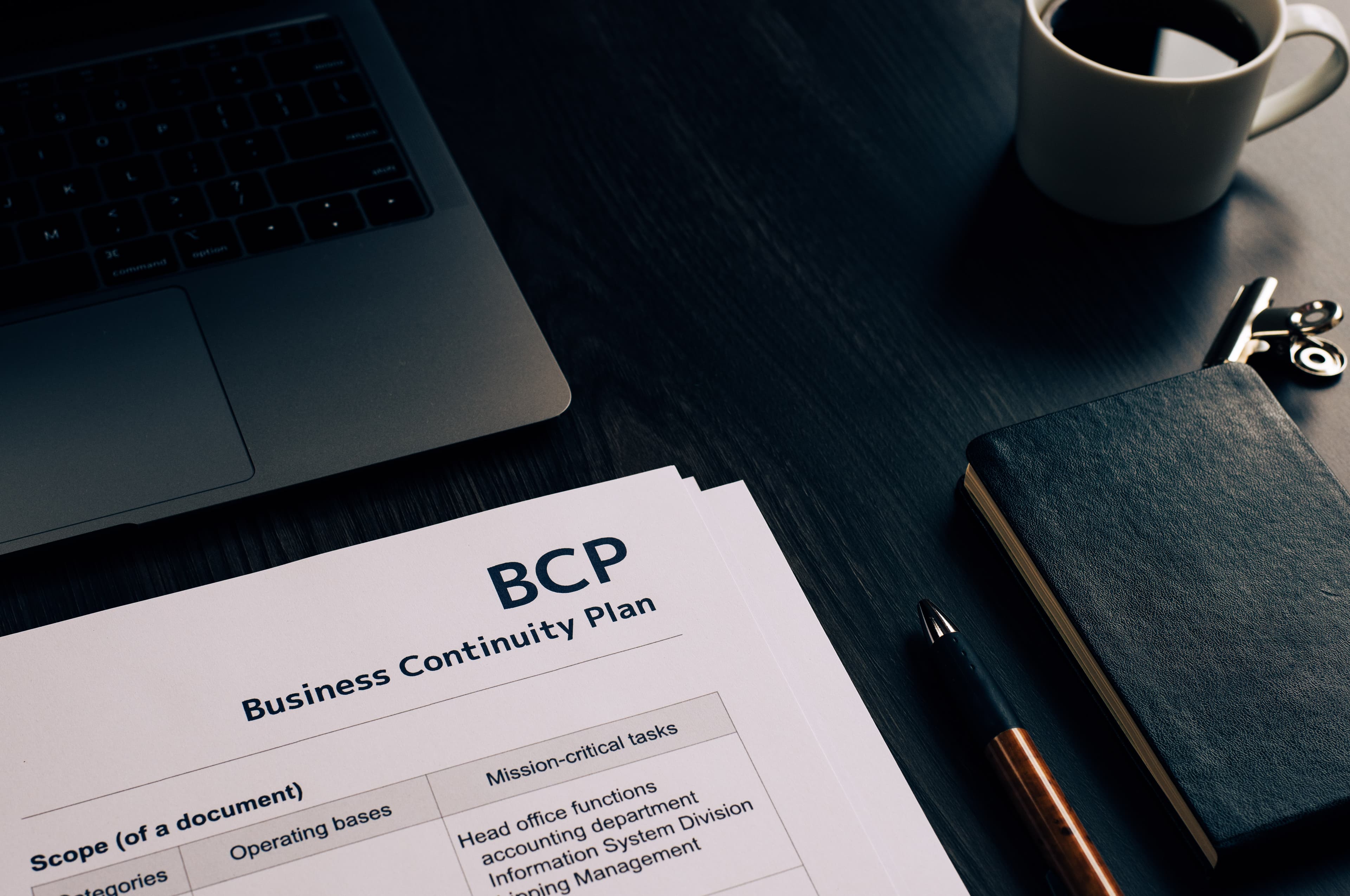Business Continuity Management
Ensure business operations continue
Risk Mitigation
Keep Your Business Running—No Matter What
Disruptions happen. Whether it's a cyberattack, supply chain failure, or natural disaster, a strong Business Continuity Plan (BCP) ensures your organisation can adapt, respond, and recover—minimising downtime and financial impact. RiskLogic helps businesses strengthen their resilience with a structured, proven approach to business continuity.
How We Help
Your Business Continuity Management Partner

Plan for Disruptions
Every organisation has unique risks. We help you identify vulnerabilities, assess impact, and develop a tailored continuity strategy to keep critical functions running.

Train Your Team
A great plan is useless if no one knows how to follow it. We provide hands-on training so your people can respond confidently under pressure.

Test & Improve Your Response
The best way to prepare for a crisis is to simulate one. We run realistic scenario exercises to test your plan and refine your response.

Keep Your Plan Up to Date
Business risks evolve—so should your plan. We ensure your continuity strategy stays relevant with regular updates, reviews, and health checks.
Why Business Continuity Matters
Business continuity is not just a plan; it’s a necessity in today’s unpredictable world.
In an era where cyber threats are ever-evolving, having a robust business continuity plan is crucial. It ensures that your organisation can withstand disruptions, safeguard sensitive data, and maintain compliance with industry regulations. By investing in business continuity management, you not only protect your assets but also build trust with stakeholders and clients. With our expertise, we help you navigate the complexities of cyber resilience, ensuring that your business remains operational even in the face of adversity.
Reduce downtime and financial losses
Protect reputation and stakeholder trust
Respond effectively to crises
Recover faster and stay ahead of competitors
Let's Talk
Our Experts

